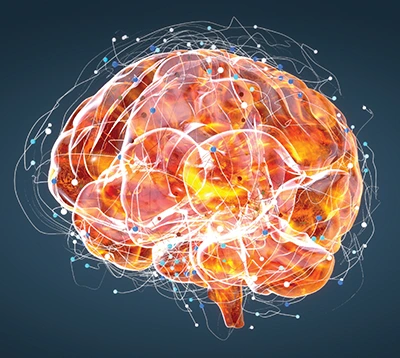
Neuroscientists have struggled to reconcile two contradictory models of phantom limb pain (PLP). One model suggests that PLP results from faulty reorganization of neural pathways related to the missing limb. The other model holds the opposite—that PLP occurs because old neural pathways don’t reorganize after a limb is amputated.
A recent paper in The Neuroscientist proposes that both models are consistent with a phenomenon called predictive coding. This concept holds that the brain continuously builds models of perception and uses them to predict future sensory input. When its predictions don’t match the actual signals, pain results.
In support of their theory, the authors cite experiments in which mirror therapy was used to induce phantom pain in able-bodied subjects. “We argue that predictive coding might be helpful to explain both leading models of PLP and additional features of PLP found in amputees,” the authors conclude. “These considerations can be tested, for example, by provoking prediction errors or by investigating referred phantom pain.”




